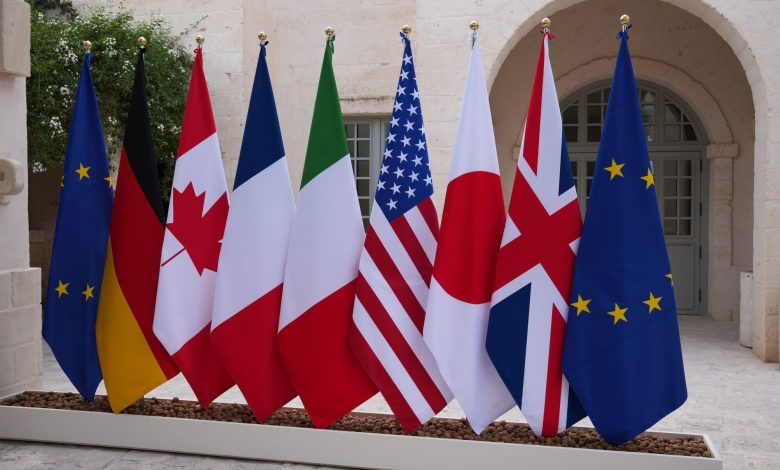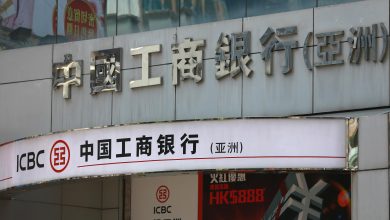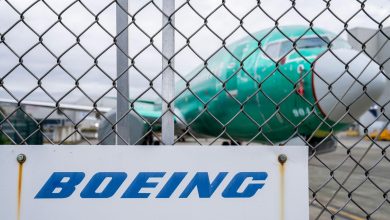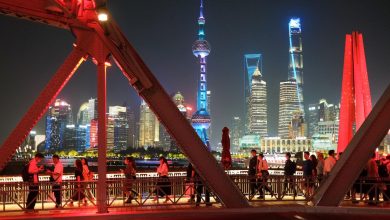G7 to tap frozen Russian assets for US$50 billion to Ukraine

GROUP of Seven nations have agreed on a loan syndicate based on the size of their economies to provide Ukraine with about US$50 billion of fresh aid starting to flow by the end of the year, according to people familiar with the matter.
After months of discussions on how to use the profits generated by frozen Russian sovereign assets, the plan is set to win the backing of leaders at a summit in Italy this week. G7 nations would give out loans to Ukraine that will be repaid using the profits generated by the roughly US$280 billion of blocked funds, most of which lie immobilised in Europe.
The deal is expected to generate critical support for Ukraine in the medium term and help cover its financing needs through 2025 and beyond. It’s a strong signal of support for Ukraine and to Russian President Vladimir Putin that he cannot outwait the bloc in the conflict, a US official said.
Under the mechanics to be signed off in Italy, the US, European Union and other participants will each provide a loan to Ukraine with the proceeds generated by the assets over time used to pay that money back, said the people, who spoke on condition of anonymity.
The US official said the US$50 billion would be made up of a series of pledges – a “loan syndicate” – that are still being hashed out. The US contribution would be whatever is required to bring the total to US$50 billion, the official added.
Canada is prepared to contribute C$5 billion (S$4.9 billion) in funding to the initiative, a Canadian government official said.
GET BT IN YOUR INBOX DAILY

Start and end each day with the latest news stories and analyses delivered straight to your inbox.
The loans will be structured differently on the basis of each participant’s internal procedures and each will carry the risk of the loans they provide, should the frozen assets generate fewer profits than envisioned.
The final technical details will be ironed out after the summit, the people said. The aid could be used for supporting Ukraine’s defence, economy and reconstruction. The specifics of the deal could change as the leaders meet on Thursday (Jun 13).
For the G7, this step sends a message to Russia that they are willing to stand by Ukraine for the long term as the war shows no signs of abating.
The proceeds from the frozen assets are estimated to be worth between 3 billion (S$4.4 billion) to 5 billion euros annually. The EU has already agreed to provide Ukraine the profits twice a year, but the US-led drive that was adopted frontloads the support, while also shielding the aid from political shifts across both sides of the Atlantic in a year of multiple elections.
Repayment of the loan hinges on the assets remaining immobilised for long enough that their windfall profits can repay it, a process which will take several years. G7 leaders have repeatedly said the assets will stay blocked until Russia agrees to pay for Ukraine’s reconstruction.
“I think we will have the major tentpoles of this decided, but some of the specifics left to be worked through by experts on a defined timetable,” said US National Security Advisor Jake Sullivan on Thursday in Italy. “That’s how I anticipate this will all play out.” BLOOMBERG





